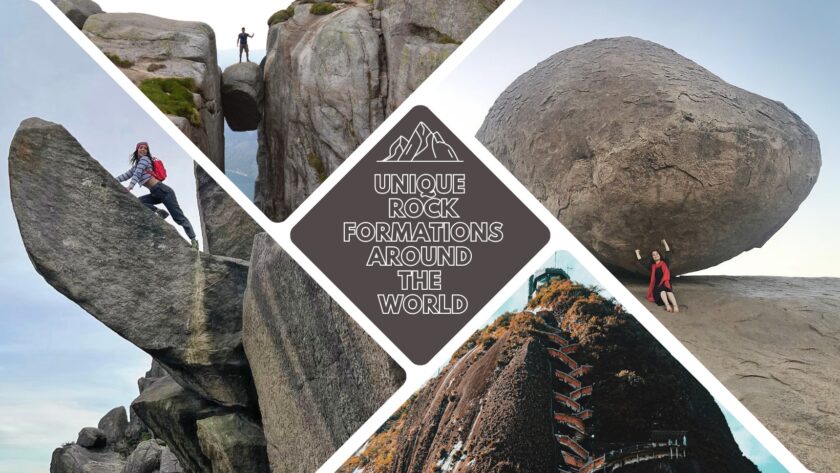
The world is a geological marvel, boasting a plethora of unique rock formations shaped by millions of years of natural processes.
These geological wonders are a testament to the Earth’s natural beauty and its remarkable ability to sculpt stunning landscapes over countless millennia. Each one tells an extraordinary story of our planet’s history and the forces that continue to shape it.
When I travel, I love seeking out unusual rock formations. Though a bit of a niche hobby, I figure I’m not alone so I’ve put together a list of my favourite rocks from around the world.
I am by no means an expert on geology, far from it, I just take an active interest. While I’ve attempted to make a brief summary of the geological processes occurring, you’ll have to do your own digging around if you’re curious to know more. Please feel free to expand on my summaries or make any corrections in the comment box if you spot any errors.
The primary reason for writing this article is to simply put these unique spectacles out there, in one place, for you to enjoy and add to your own travel wish-list.
1. Krishna’s Butter Ball | India
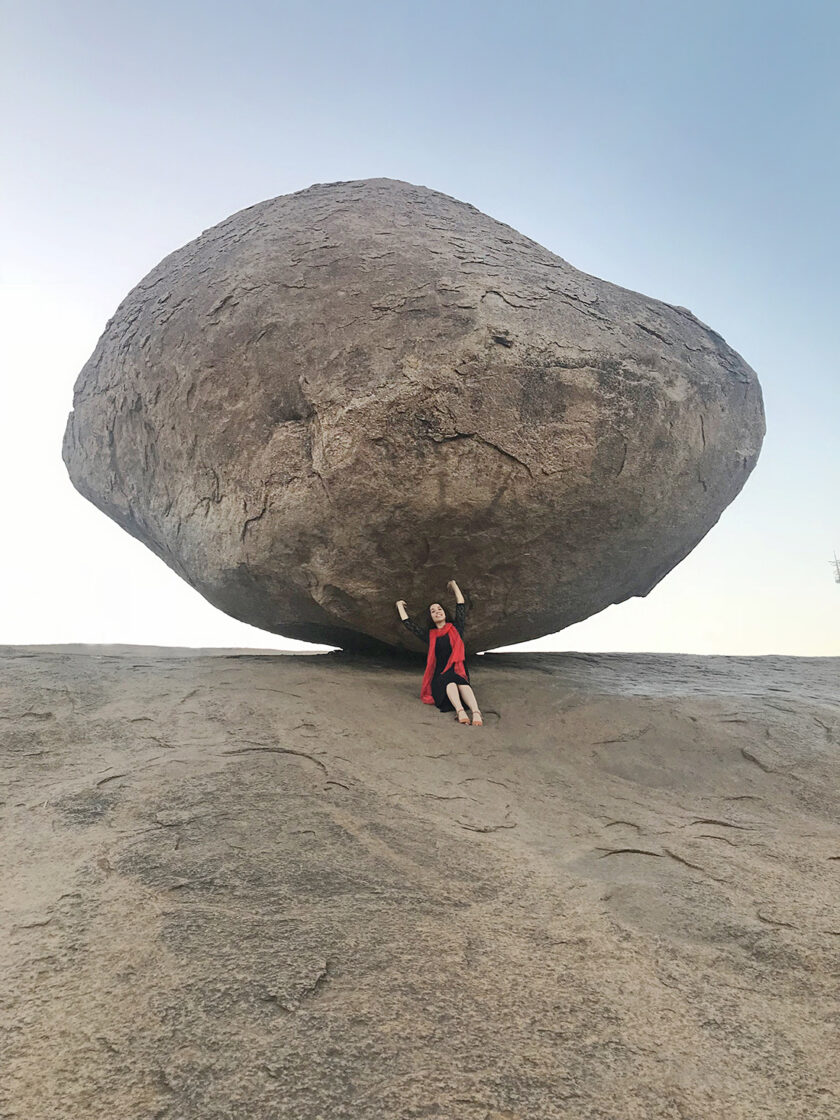
India has a wealth of unusual curiosities and this gravity-defying rock in Mamallapuram is definitely one of them. Krishna’s Butter Ball or Vaanirai Kal (Stone of the Sky God) as it is known to locals, has been perched on a 45-degree slope for over 1,300 years. It has survived tsunamis, earthquakes and cyclones, and still ball won’t budge.
According to Hindu mythology, when Krishna – the god of love, protection and compassion – was just a baby he had a cheeky habit of stealing butter from his mother. Born from this belief, legend has it that this huge rock is a giant dollop of churned butter dropped by Krishna.
Geologists state, however, that the rock is simply a natural formation caused by erosion to produce a ventifact. Upon seeing its extraordinary appearance, it doesn’t surprise me why some believe it is a gift from the gods!
Read more → Krishna’s Butter Ball: A Gravity-Defying Rock in Mamallapuram.
2. Flysch of Zumaia | Spain
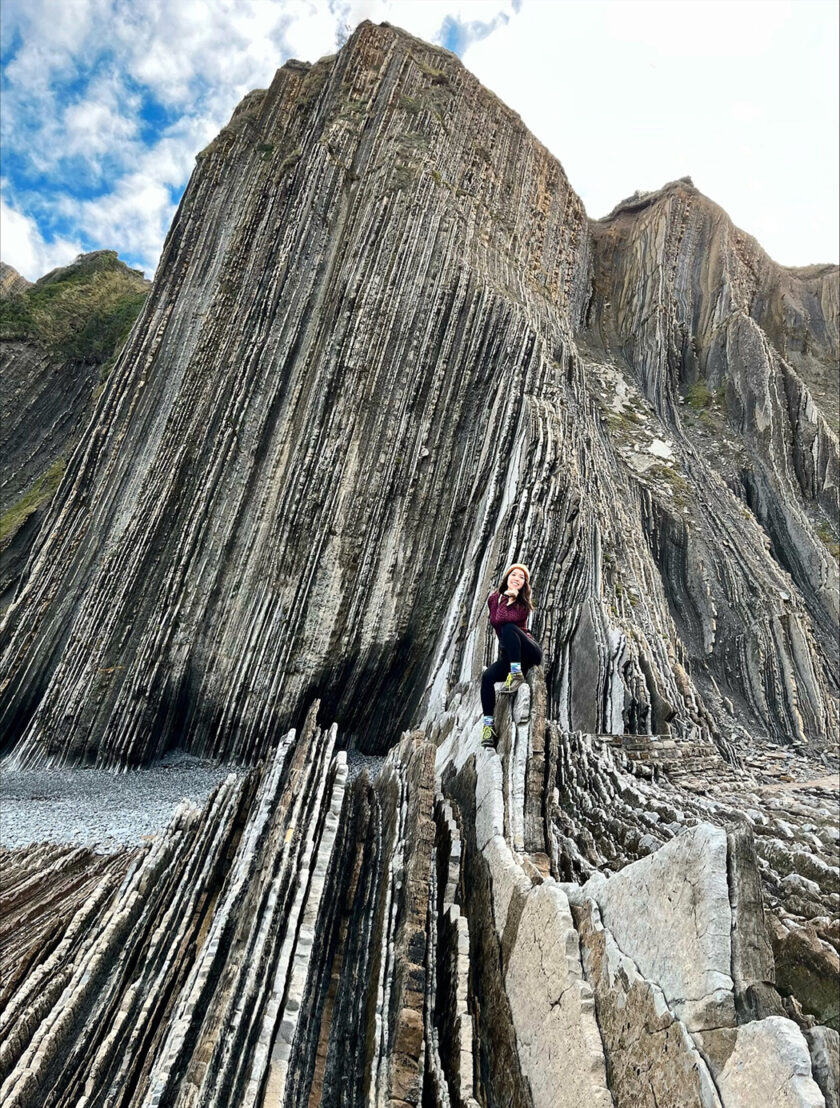
A couple of years ago I walked from San Sebastian to Bilbao in Spain which is part of the Camino de Santiago. The route is brimming with beautiful scenery, but perhaps the best, if not most unusual backdrop is the Flysch of Zumaia. Some of you might also recognise it as a location spot for Game of Thrones.
This unique rock formation consists of alternating layers of sedimentary rock known as Flysch, primarily sandstone and shale. These sedimentary rocks formed over millions of years as layers of sand, silt, and clay were deposited on the ocean floor. Subsequent tectonic plate movements, including the convergence of the African and Eurasian plates, led to the uplift of these sedimentary layers and their striking exposure on the surface which we see today.
3. Golden Rock | Myanmar
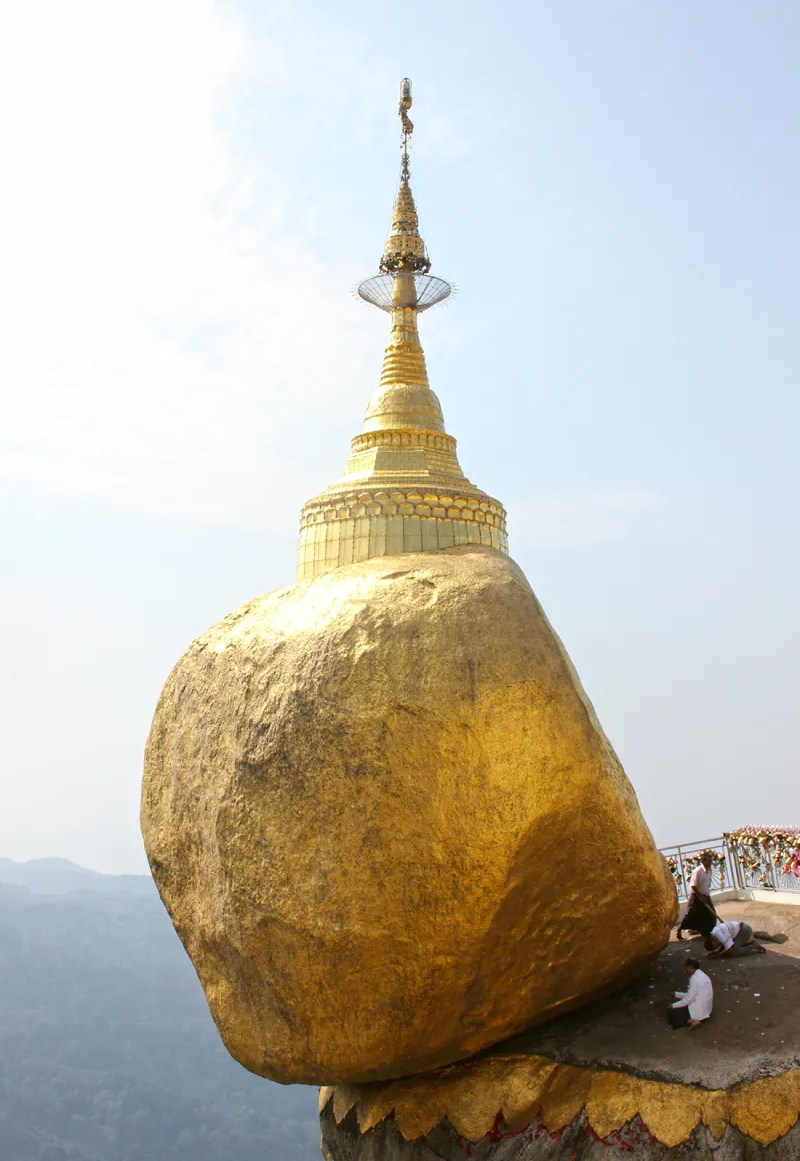
Perched precariously atop a cliff on the slopes of Mount Kyaiktiyo in Myanmar, Golden Rock stands as a testament to both spiritual devotion and perfect balance within nature. This extraordinary spectacle, a massive granite boulder covered in a thick layer of gold leaf, is an impressive sight that beckons adventurers and religious devotees from around the world, similar to Krishna’s Butter Ball, to witness its seemingly impossible equilibrium.
This massive granite boulder is said to have been deposited on the edge of a cliff by natural geological processes, likely as a result of glacial activity and erosion over millions of years. Though upon first sight, it’s difficult to believe it wasn’t carried to its current place by man.
In buddhism, legend has it that the Golden Rock is balanced on a single strand of the Buddha’s hair. This tale, deeply rooted in Myanmar’s Buddhist heritage, lends an air of mystique and reverence to the site.
Traditionally, pilgrims are invited to paste a sheet of gold leaf onto the rock during their visit. However, frustratingly for women, this tradition is only reserved for men. Tut, tut, gimmie that gold leaf!
Read more → Yangon to Golden Rock by Bus in 1 Day
4. Pillars of Hercules | Antigua
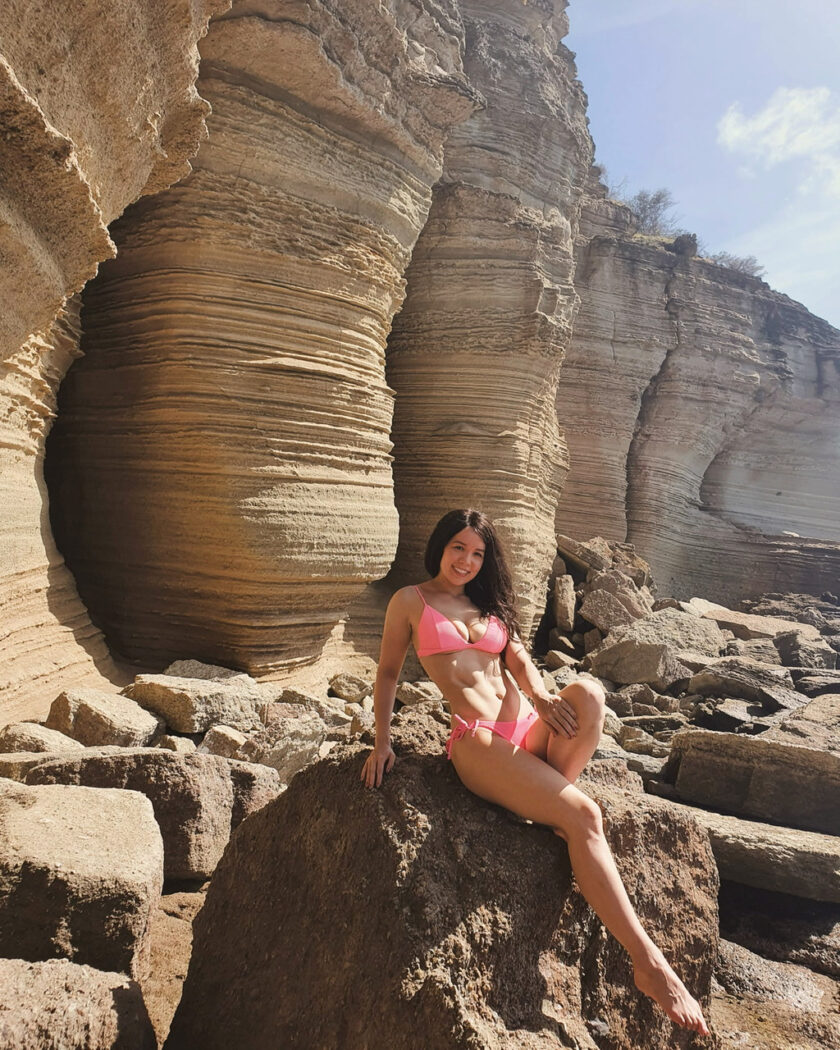
Not the comfiest place to soak up some rays but what an almighty backdrop! These surreal geological formations are known as the Pillars of Hercules in Antigua. The name is a reference to the legendary ancient Greek pillars that marked the entrance to the Mediterranean Sea and the known world, and similarly, these grandiose rock formations stand resolute against the onslaught of the ocean, appearing to guard the entrance of English Harbour.
While there are 365 beaches in Antigua, one for every day of the year, getting up-close to this geological landmark was the highlight from my trip. They have been carved naturally into the cliff face by the impact of relentless wind, rain and crashing waves.
Read more → The Incredible Pillars Of Hercules In Antigua (From Galleon Beach)
5. Trollpikken | Norway
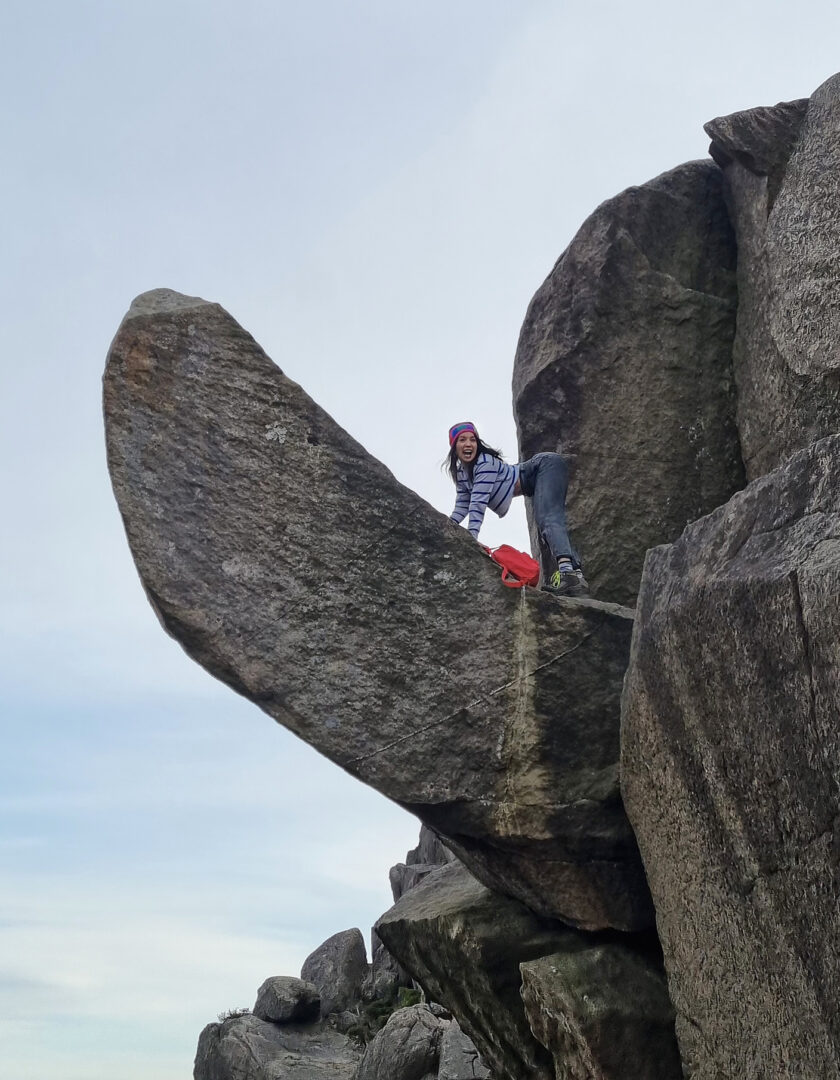
Trollpikken, a phallus-shaped rock which literally translates to the ‘Troll’s Penis’ has become an amusing symbol for the potency of Norwegian nature.
In June 2017, some cheeky so-and-so destroyed Trollpikken by slicing it off with presumedly professional tools, and the castrated phalllus was tossed on the ground for locals to find. The culprit was never found but thankfully a group of people worked hard to put it back together again with steel rods to right the wrong. Now it’s stronger than ever!
Trollpikken is part of the Magma UNESCO Geopark and these boulders have been around for thousands of centuries after being lifted, carried, and left in place by the ice during the last Ice Age.
Read more → Hike to Trollpikken in Norway (aka the Troll’s Dick!)
6. Kjeragbolten | Norway
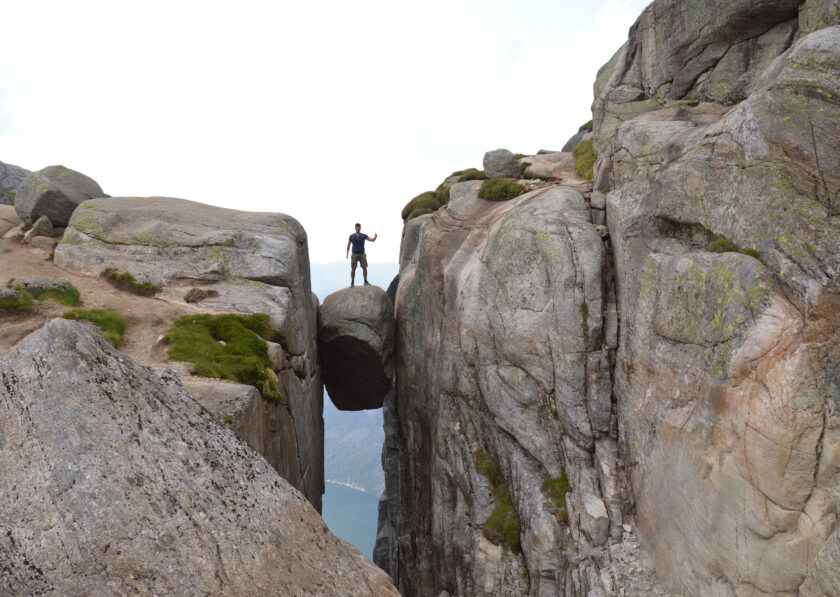
Located in the Lysefjord, near the village of Lysebotn in southwestern Norway, Kjeragbolten is a massive boulder wedged in the crevice of a mountain’s plateau. The boulder itself measures about 5 cubic metres in volume and appears suspended between two towering cliffs. Its precarious position is a result of glacial activity and erosion over millions of years.
The story of Kjeragbolten begins with the last Ice Age, which shaped the dramatic landscapes of Norway’s Westernfjord region. Glacial movements, along with freeze-thaw cycles, gradually carved out the U-shaped valleys and deep fjords that are characteristic of the region. The particular formation of Kjeragbolten is linked to the forces of nature and time, as ice masses, rivers, and weathering contributed to the creation of this geological marvel as it became jammed in its current location.
7. Charyn Canyon | Kazakhstan
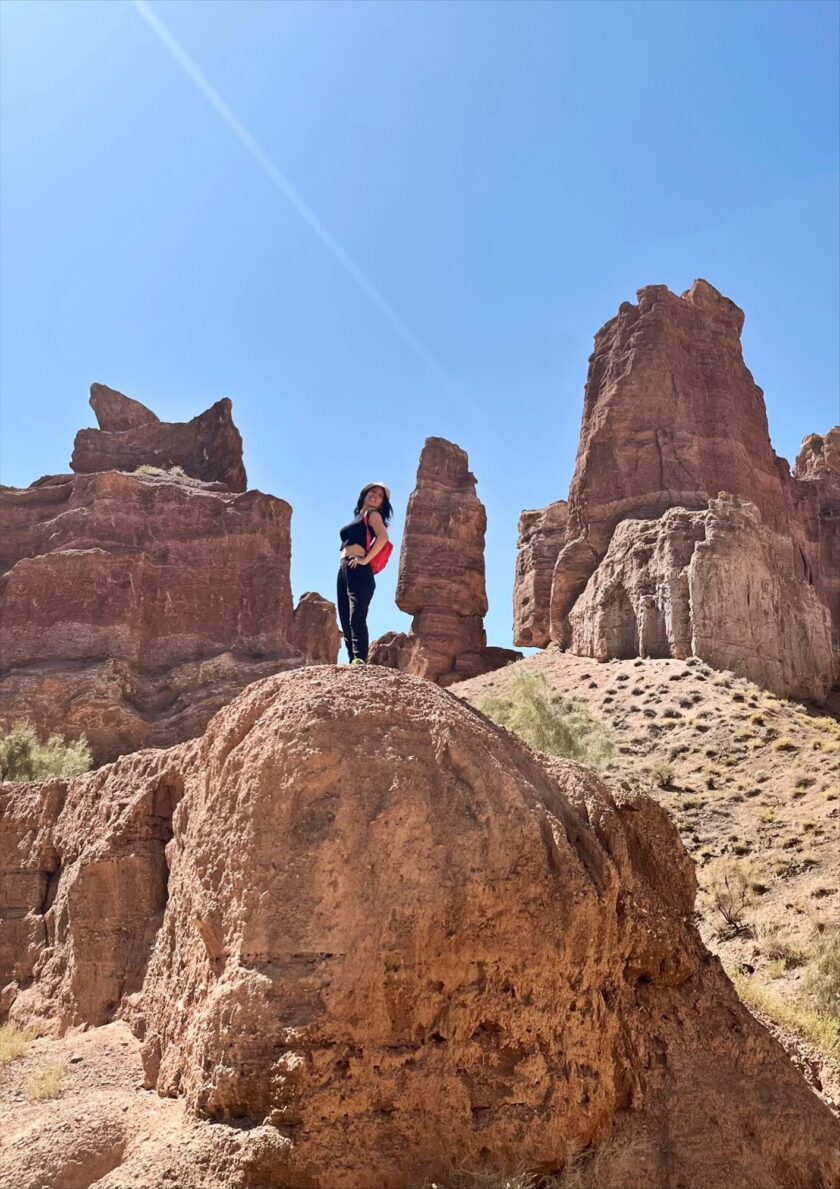
If I said these time-worn canyons were taken in Arizona, would you suspect differently? Often dubbed the ‘Grand Canyon of Kazakhstan’, Charyn Canyon is located close to the Chinese border and roughly 220 kilometres east of Almaty.
The view from the top did look exactly like a smaller version of its US counterpart, but walking down into ‘The Valley of Castles’ the place took on a quality of its own. The more I looked in detail at the various rocks and pillars, the more anthropomorphic they became.
Nature herself over millions of years has honed this valley into an open-air museum of rock formations resembling figures, animals, ruined castles, and ancient sculptures.
Read more → Charyn Canyon: The Grand Canyon of Kazakhstan
8. Sigiriya Rock | Sri Lanka
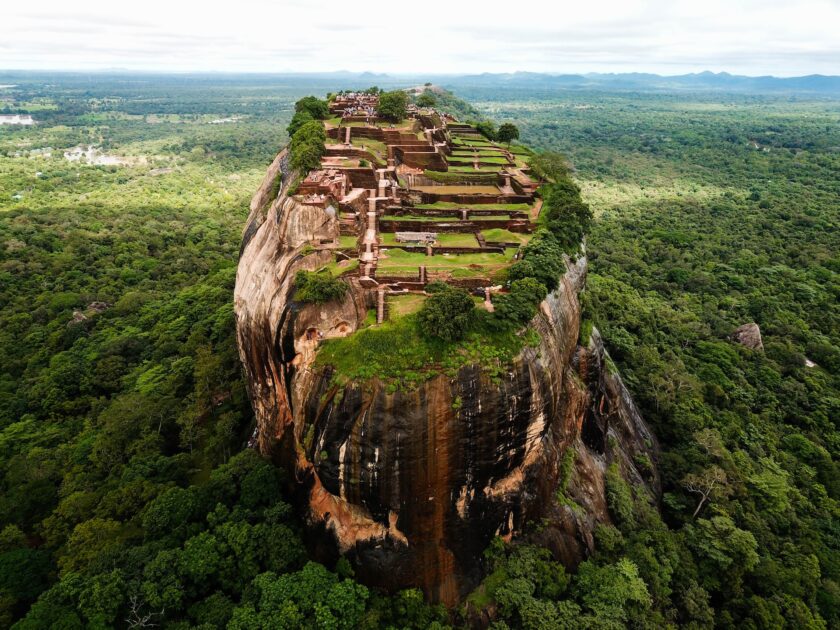
Made of granite, and nearly 200 metres tall, the rock itself was formed over two billion years ago when the area around Sigiriya, Sri Lanka, was rife with active volcanoes.
As you explore this archeological treasure, you’ll embark on a journey through time and history. It’s without any exaggeration when I say this rock has seen a whole lot of drama.
The transformation of Sigiriya into a palace and fortress began in the late 5th century under King Kasyapa, a ruler who seized the throne by overthrowing his father, King Dhatusena. Fearing retribution for his actions, King Kasyapa moved the capital from Anuradhapura to Sigiriya and embarked on an ambitious project to create a palace atop the rock.
The complex included a palace with fresco-adorned walls, terraced gardens, and intricate water management systems. The most iconic feature was a massive lion-shaped gateway at the entrance, which has since eroded, leaving only the lion’s paws.
King Kasyapa’s reign and occupation of Sigiriya were relatively short-lived. After his death in 495 AD, the capital was moved back to Anuradhapura, and Sigiriya was largely abandoned. The site remained hidden in the jungle for centuries until its rediscovery in the 19th century by British archaeologists.
Read more → Climbing Lion’s Rock & Exploring Sigiriya in Sri Lanka
9. Drangarnir Rocks | Faroe Islands
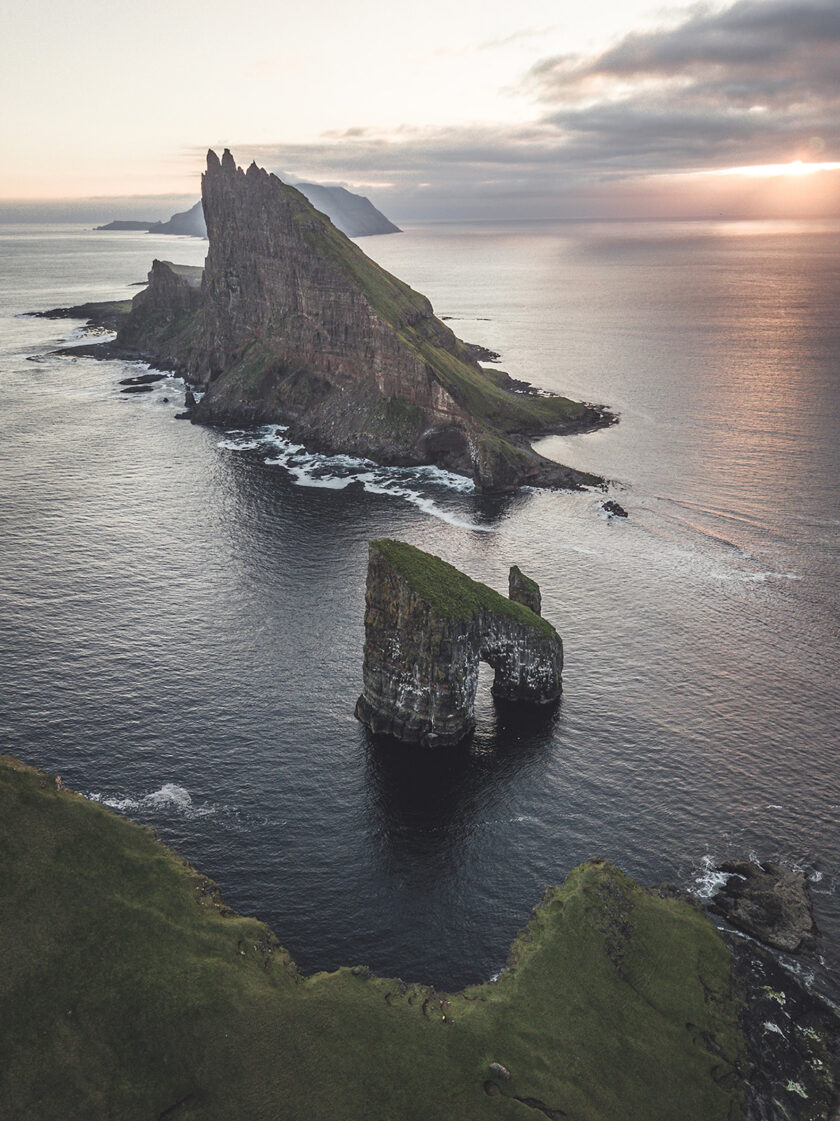
The impressive 230 feet tall Drangarnir Rocks, famed for its iconic arch, rises straight out of the North Atlantic Ocean.
The sea stacks are the result of the relentless erosion that has sculpted the rugged coastline of the Faroe Islands, over time this erosion has lead to Dranganir becoming detached from the mainland.
I was fortunate to pass this spectacular sea arch during a trip to the island of Mykines from Sørvágur by boat. The sea can be rough around the sea-stacks so you’ll need a sturdy stomach to enjoy them up-close. Alternatively, you also have the option to see them a bit further away during a hike on Vágar island.
Read more → Travel Guide to the Faroe Islands
10. Ilheus da Ribeira da Janela | Madeira
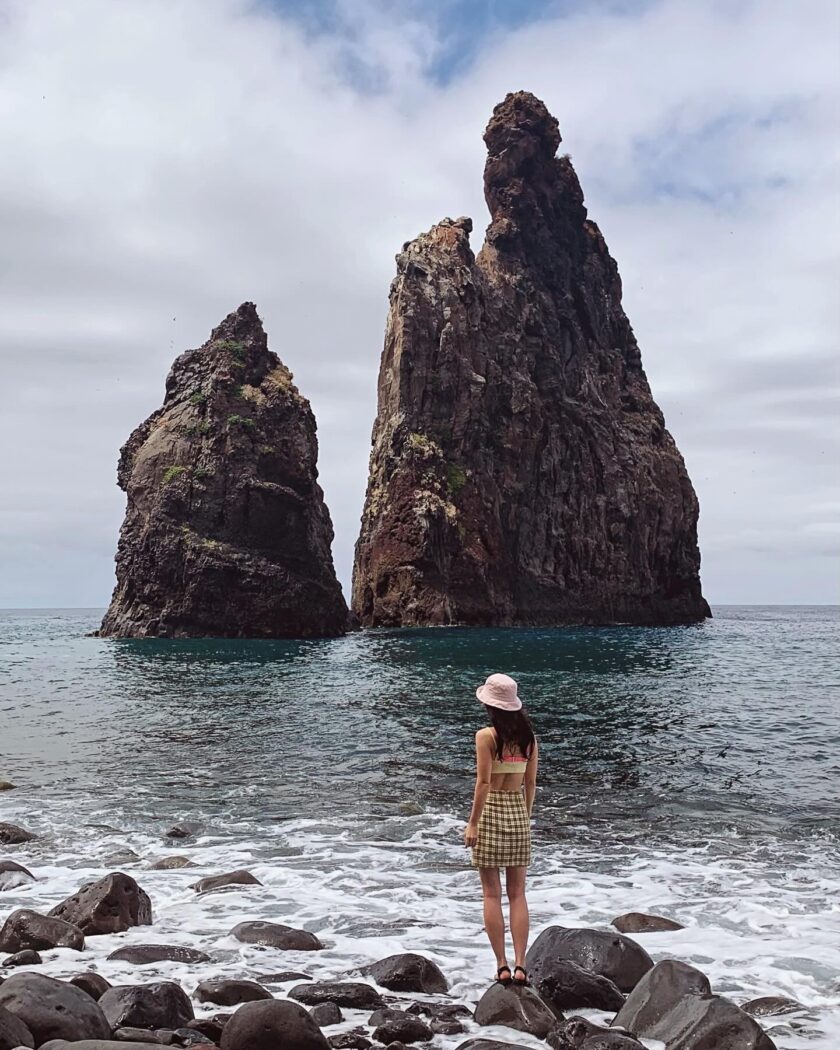
The Ilhéus da Ribeira da Janela are a group of striking rock formations located on the northern coast of Madeira, Portugal. Madeira itself is a volcanic island, and its geological history has given rise to numerous unique formations, including on this rugged islet.
The name ‘Ilhéus da Ribeira da Janela’ translates to ‘Islets of the Janela Stream.’ The Janela Stream is a nearby waterway that flows into the Atlantic Ocean.
Among the rock formations are two craggy basalt stacks which rise dramatically from the Atlantic Ocean. They are primarily composed of basalt, a type of volcanic rock, and have been sculpted over time by erosion, ocean waves, and weathering processes. Along the beach you also find cliffs and caves showcasing the distinct columnar jointing, a common feature of basalt.
11. Brimham Rocks | England
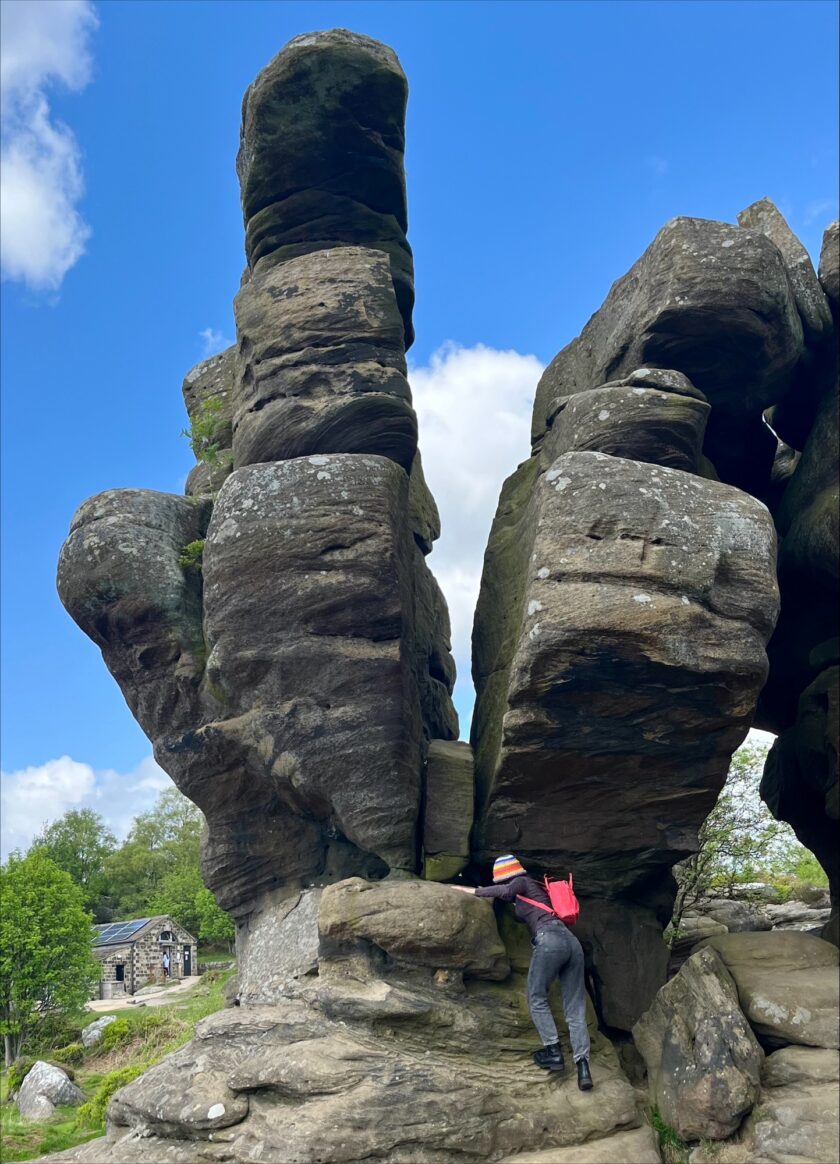
If I only had three words to describe Brimham Rocks, it would be a ‘Natural World Disneyland’.
It’s the kind of place you imagine dinosaurs and prehistoric civilisations once roamed free. Swooping, weaving and climbing in and around the cracks and crevices found among these striking rock formations.
The Brimham Rocks exhibit what is known as differential erosion. This means that the rocks are not uniform in hardness or composition. Some parts of the rock are more resistant to erosion than others, leading to the formation of overhangs, balancing rocks, and intricate shapes. A climber’s dream!
Read more → Climbing Brimham Rocks in North Yorkshire
12. The Rock of Guatapè | Colombia
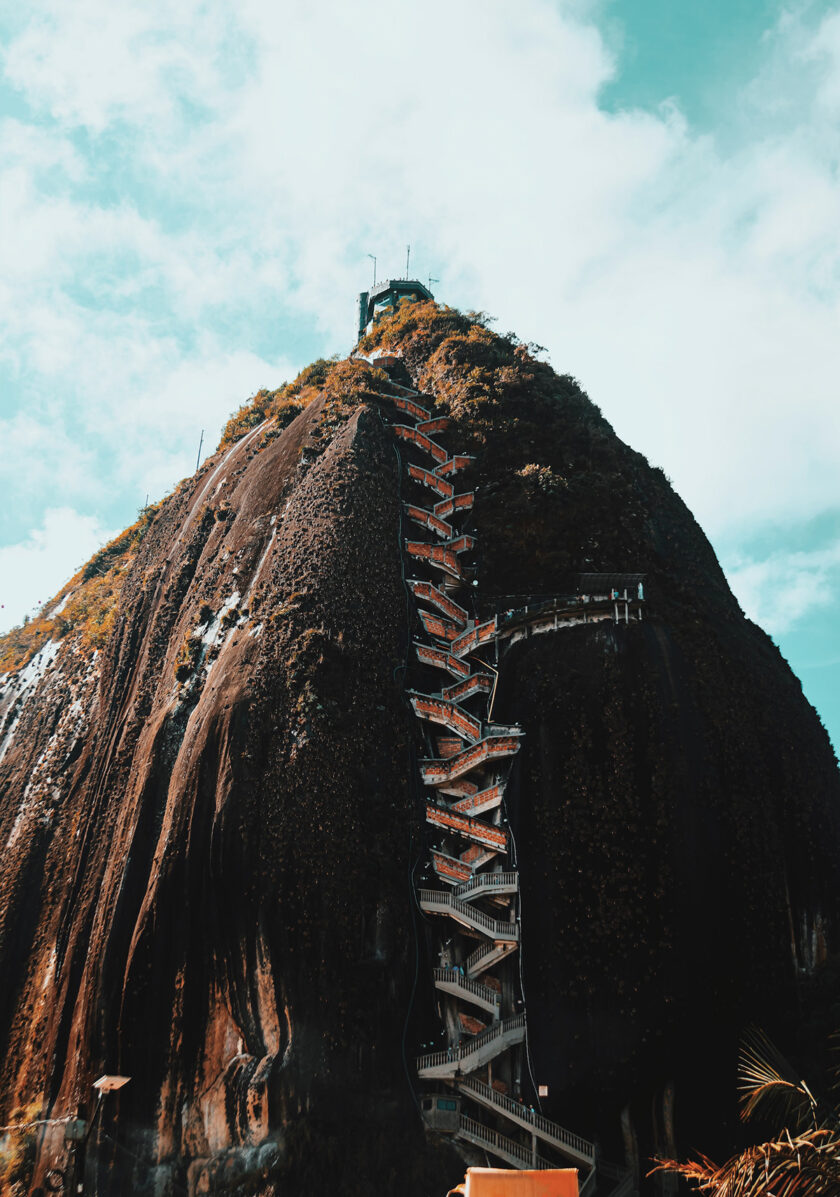
One of my favorite places in Colombia is Guatape, not only is it super cute but it’s surrounded by breath-taking nature. Its most iconic landmark is the giant Rock of Guatapè – also known as the Stone of El Peñol.
El Peñol is the neighbouring town, and they have been bickering with Guatapè over who it rightfully belongs to for ages. In fact, you’ll see the letter ‘G’ and an incomplete ‘U’ boldly painted on one side of the rock until the residents of El Peñol found out and demanded they stop at once!
There are over 700 steps to reach the top, but when you do it with zero sleep combined with the mother of all hangovers, trust me, it’ll feel more like 7000 steps!
Read more → Climbing the Giant Rock of Guatape
13. Hofsos | Iceland
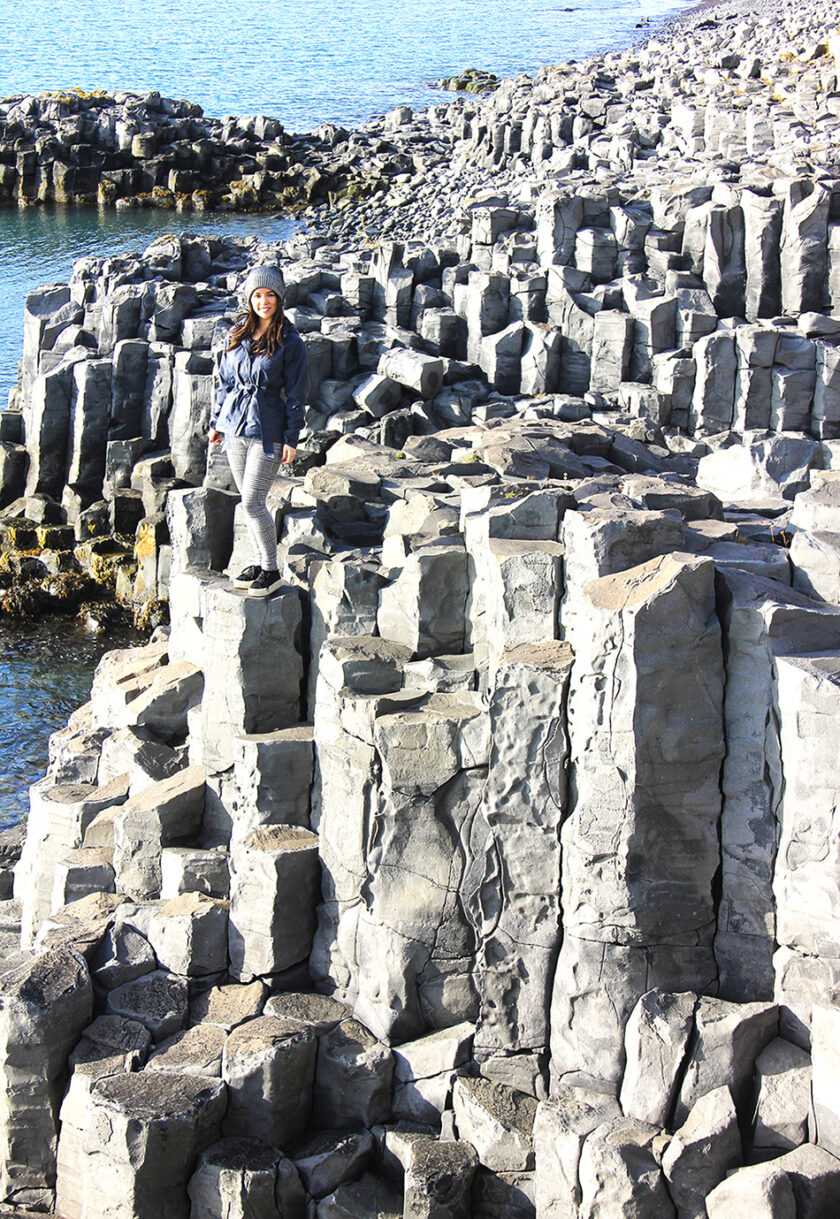
There are sooooo many unique rock formations in Iceland, it’s hard to pick one. But since basalt columns are my favourite type of rock formation, I’m going to go with the basalt cliffs that can be found in Hofsos, North Iceland.
As basaltic lava cools over an extended period of time, beautiful geometric forms emerge – incredible columns of hexagonal basalt rock. These wondrous formations can be found all around the world, but Iceland with all its volcanic energy is no doubt the best place in the world to see them.
Read more → Geology Rocks! Basalt Columns in Iceland
14. Sugar Loaf Mountain | Brazil

Sugar Loaf Mountain is part of Rio de Janeiro’s iconic skyline. The cone-shaped granite and quartz rock rises 1,296 feet (395m) from the sea like a gigantic rugy ball. During my visit, I spotted a few adrenaline junkies scaling the beast with ropes, but if you want to play it safe, it can be reached via a cable car from neighbouring Urca Hill.
The huge rock dates back to the period when the Gondwana continent was formed, around 550 million years ago, and was likely created when granite filled into a fracture in the surrounding sedimentary rock.
Read more → Taking the Cable Car to Sugar Loaf Mountain in Rio de Janeiro


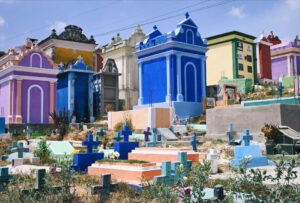


One Response
Puerto de Mazarron, Spain, the some wind sculpted formations as you enter?